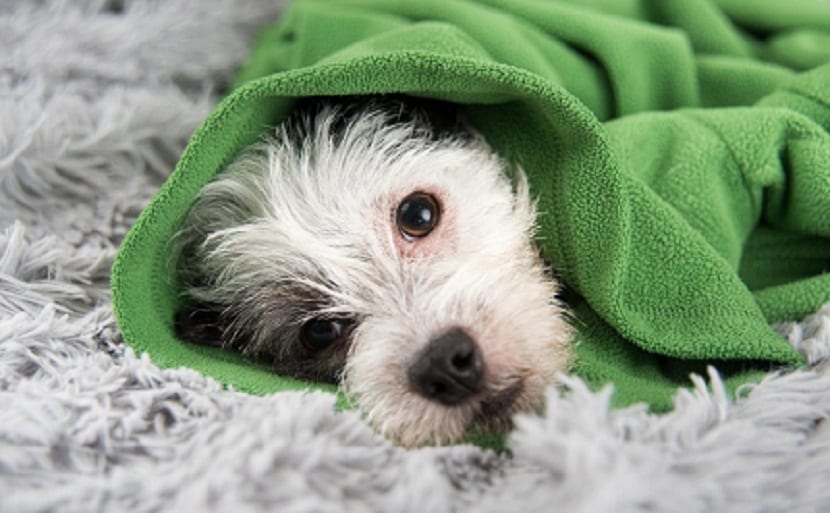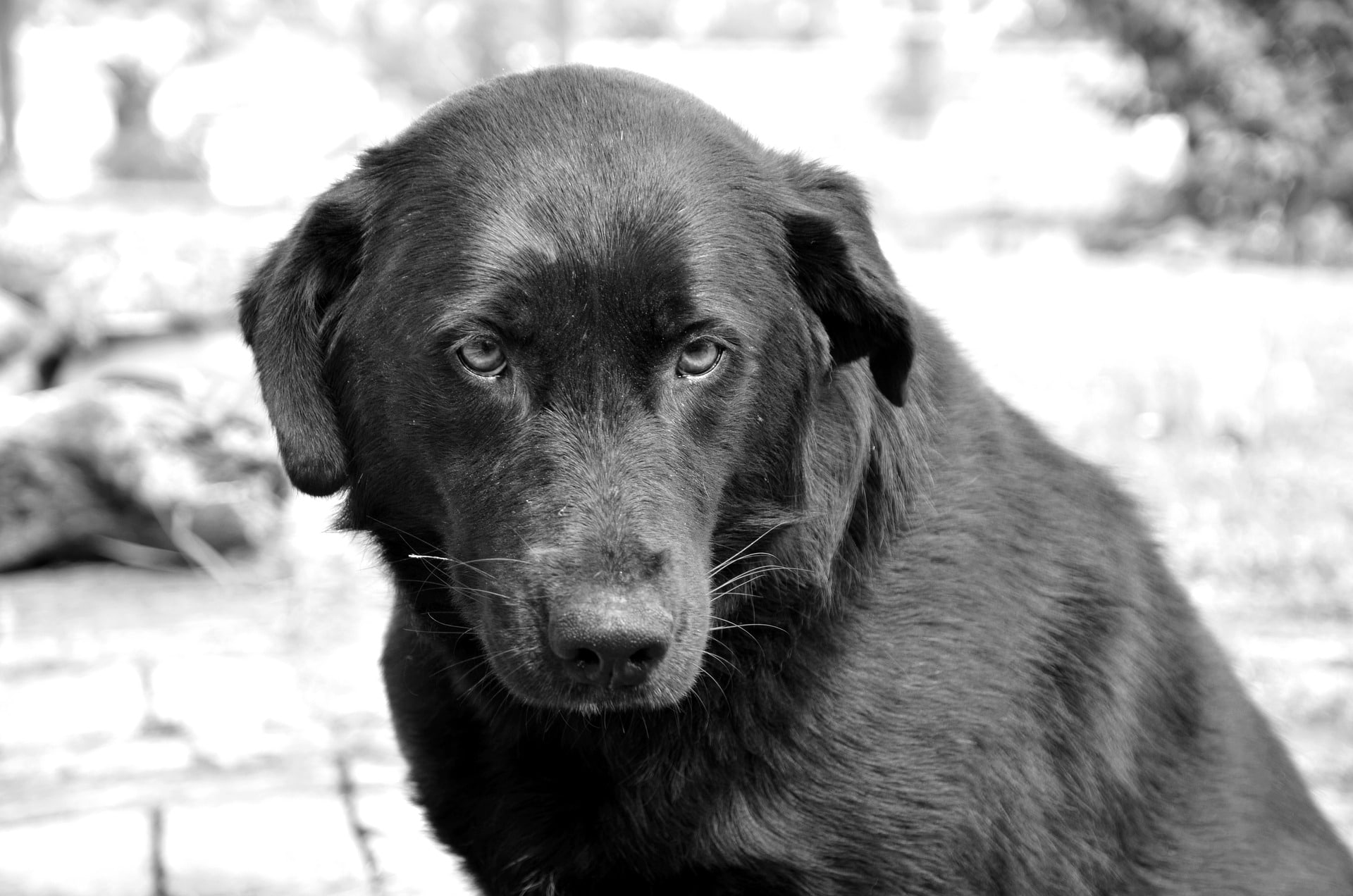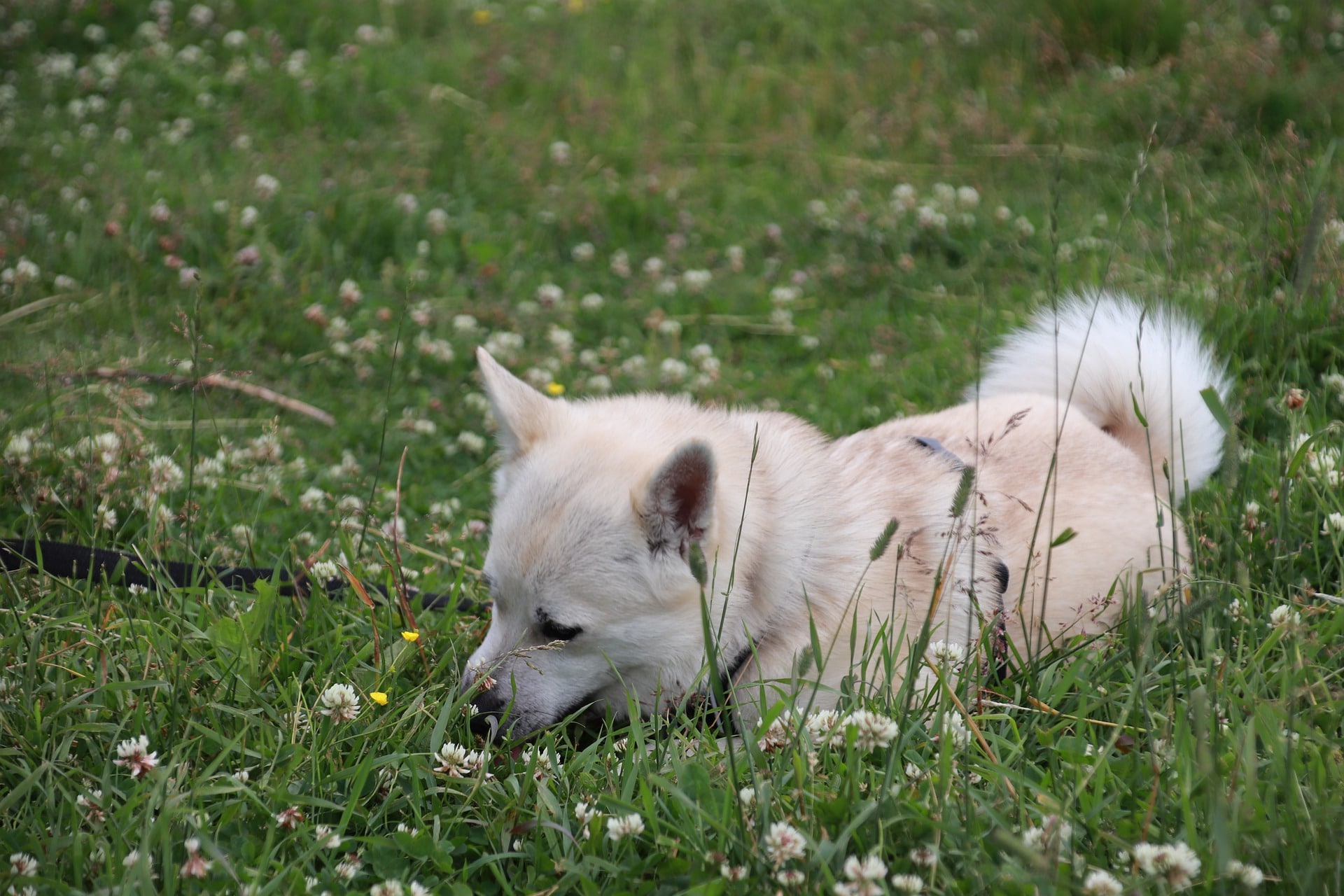
There are very few things that will surprise you more than discovering a lump or bump on your dog And it is that as your hand glides over your canine friend in an affectionate gesture such as touching or caressing him, your fingers can pass over a lump that wasn't there before.
With that persistent “C” word that will take center stage in your mind, your first fear is that your dog may have cancer. Putting your search in motion when it comes to finding an answer as to what this growth in your dog means, the first thing you are going to waiting is not something serious.
Lumps and bumps in dogs
How long have you been here? Ask the vet. I found it yesterday, doctor, replies the pet owner. Let's see if we can find others, says the doctor as expert and sensitive hands when palpating the dog. Here's another like it! Says the doctor while placing his hand just on the soft, round, mobile dough under the dog's skin.
I think it's what we call lipomas, are just fatty deposits under the skin, are very common and usually do not present problems, says the doctor. The person's relief at hearing the good news is cut off as the doctor continues.
However, we honestly don't know what these lumps really are unless we examine some cells under the microscope. Therefore, I suggest that we do a simple needle biopsy, placing some cells on a slide and sending the slides to a veterinary pathologist for a definitive diagnosis.
The doctor in this case is being thorough and careful and the truth is that a definitive diagnosis of what it is simply cannot be made without the microscopic examination of the cells of the lump and it is that a veterinary specialist in pathology is the final authority and judge when it comes to shedding light on these lumps and bumps that too often we find in our canine friends.
Types of packages
In addition to those we have discussed, there are many different types of lumps, each with its causes, treatments and dangers. Therefore, it is convenient to know a little about the most basic ones, those that are more common to occur. For example, those that we are going to quote you.
Neoplasms
They are packages whose origin is a abnormal cell growth. Normally, these lumps appear in older dogs, but it may be the case that they also appear in young dogs. It is not always evil, sometimes it is a good thing.
When they are malignant, what they do is adhere to other structures and "invade" them, with what can be a serious problem that must be removed as soon as possible.
Cysts
A cyst is a painless lump that, in most cases, fills with fluid. This is caused by a plugging of a glandular duct, and in principle it is not serious.
Keloid scar
The keloid scar is a protection mechanism that dogs have to repair it quickly when there is damaged tissue. The problem is that that scar can get irritated and, in this way, cause the appearance of a lump. But it is usually not problematic.
Bruising
Hematomas are traumatisms that cause a vascular breakdown, hence the blood itself reaches the tissues and covers them (and you can appreciate that stain that appears). Often times, a lump forms, but it tends to decrease over time. Now, if it does not, or there are problems, it is best to go to the vet.
Pus abscess
As the name suggests, they are lumps that have filled with a purulent fluid (pus) that creates the lump. These are not too serious, but it is recommended that they be treated because it is painful for them.
The problem is that its treatment can be, cleaning superficially, or making an incision and eliminating the infection and pus from within. The latter is the most effective, because it eliminates it from the root. The other treatment only means that, after a month or a month and a half, you have to go back to the vet.
What is a lipoma?
Lipoma it is one of the most common lumps found by veterinarians during a physical examination.
These soft, rounded and painless masses, usually present just under the skin, but occasionally arising from deep connective tissues between muscles, usually they are benign, that is, they stay in one place, do not invade the surrounding tissues and do not metastasize to other areas of the body. They grow to a certain size and just sit there on the tissues.
Most lipomas do not have to be removed and from time to time, lipomas will continue to grow in the form of large fat deposits They are a nuisance to the dog and can present a surgical challenge to remove. And even more rarely, some lipomas will be malignant and will spread throughout the dog's body.
It's a tumor? And therein lies the real challenge in dealing with lumps and bumps in dogs we simply cannot predict precisely what any of these are going to do, so therefore we do our best to eliminate them when indicated or keep a close eye on them so that at the first sign of change they can be removed.
Not every lump or bump on your dog will be a tumor and it is that some superficial lumps are only sebaceous cysts in dogs that simply plug the oil glands in the skin.
Skin cysts may be made up of dead cells or even sweat or clear liquid, these often break on their own, heal, and are never seen again. Others get chronically irritated or infected, they should be removed and then checked by a vet just to be sure what they are, some breeds, especially the Cocker Spaniel, are prone to developing sebaceous cysts.

Causes of lumps in dogs
Just because a dog has a lump doesn't mean it's going to be a bad thing. It doesn't have to. Sometimes, as with humans, the bumps can also be benign, and as long as they do not affect you in your day to day, you do not have to worry.
However, you should know what are the causes why lumps or bumps sometimes appear in dogs. These are:
For cancer
It is the first thing we think of when we notice a lump in the dog. And it is that it puts us on alert and we begin to think about everything bad. But in reality, the lump may be from a benign cell growth. Or evil, yes.
There are many factors that can influence whether it is good or bad: hormones, genetics, age, diet ... If you notice a lump, it should be taken to the vet as they will be the one who can determine if it is due to cancer. Although, as we tell you, there is more.
By abscesses
It is one of the most common there is, and you may not know it, but it actually refers to a collection of pus under the skin. They usually appear on the back or on the head, and are due to a wound that has not been closed well and that becomes infected. Sometimes those lumps break the skin and pus comes out, But no matter how much you clean it, it comes out again. What do you do in such cases? Well, go to the vet since he is the one who can clean it more thoroughly and, with an antibiotic treatment, eliminate the problem in a few weeks.
By lymph nodes
When there is an infection, one of the responses of the dog's body is swelling of the lymph nodes. These will be noticed as lumps on the neck, or on the hind legs, and it is better to go to the vet because you will most likely need antibiotics.
In fact, once the infection clears, those lumps do too.
By age
Unfortunately, age runs whether we like it or not, and older dogs are more likely to appear lumps of various kinds, not only tumor, but of another type. For example, you have the bumps on your eyelids, which are tumors that occur in the meiborn glands that cause irritation.
Therefore, at these ages it is important to take much more care of him so that he can spend his last years as well as possible.
How to tell if a lump is good or bad

The quick answer is: the vet knows.
But we want to tell you more about this. A veterinarian, by his experience and knowledge, will know, by the reaction that the dog has, by seeing the appearance of the lump, by how hard it is, etc. the type of problem you are having.
Now, it is not a fortune teller, and this means that, although it can intuit the type of lump that a dog has, it needs do a scan and tests to verify it, because you can also be wrong.
Therefore, the moment a dog arrives with a lump, once it explores it, it has an idea, but it has to rely on evidence. And those that are usually carried out are the following:
Blood and urine tests
This test indicates if something is causing the lump to appear. It may be an infection, there may be problems with the test values, etc. Normally a general analysis is requested, which is the one that, if the values are altered, can put the veterinarian on alert.
X-ray and / or ultrasound
Even if you think not, an X-ray can help you see what type of lump there is. The same happens with ultrasounds, where you can differentiate the lump and know a little more about it to see if it is affecting any organ.
Magnetic resonance
It is a test that goes beyond ultrasound because it focuses on knowing how far this lump reaches, if it has spread to other organs or is very localized.
Biopsy
It is usually the last step to know if the lump is good or bad. The biopsy can be performed in many different ways, although it is normal to do it with the animal asleep so that it does not get nervous and the veterinarian can work more calmly. In her pieces are removed from the package inside to be analyzed and verify the malignancy or not that it has.

hello my name is Veronica ... thank you very much for the information and thank you for the respect you show when talking about animals. I am a veterinary student and unfortunately many of my future colleagues do not understand the true meaning of the profession.
My Jack Russell, Tara, has a small, squishy lump on her side. We are going to clean your mouth, do you recommend removing it, taking advantage of the anesthesia.
Thank you